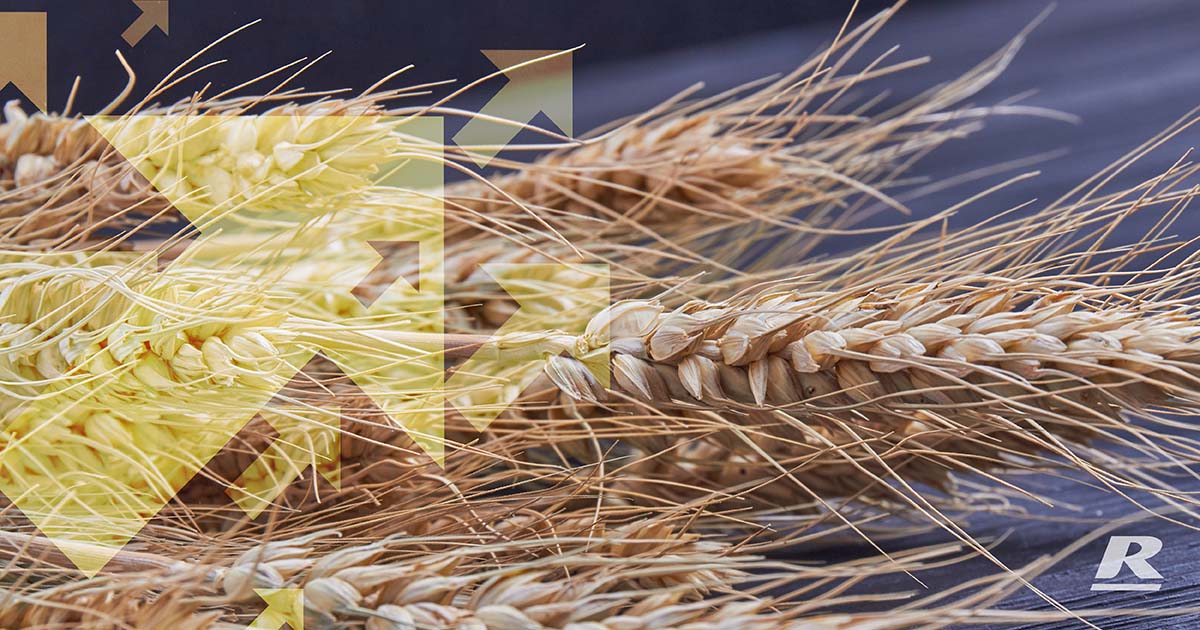This article from the Weekly Times features insights from Reid Stockfeeds Commodity Manager Justin Fay, following his interview with Business Crops editor Fiona Myers.
A raft of local and global trade factors has caused a rise in price for feed grains in the past month.

And even if it rains in the next few weeks, that rise is likely to be sustained as influences as diverse as tariffs and a lack of rainfall across south-eastern Australia impact the trade.
Feed wheat prices have lifted about $20/tonne in the past four weeks to $365/tonne delivered to the Goulburn Valley, while feed barley values have also gone up by a similar amount to about $360/tonne as supply tightens. Prices delivered to Melbourne are up to $20/tonne higher.
Reid Stockfeeds Commodities Manager Justin Fay said the uncertainty around world economies was encouraging more investment into commodities like wheat.
More locally, the dry season was an incentive for growers with grain to sell to hold back.
“We are seeing less grain on the market as growers also start to prepare for this season and sowing,” Mr Fay said.
“There will be those who will be selling grain to pay for fertiliser, or for cash flow before the end of the financial year.
“With some nervousness about the dry season, many farmers will hold onto stocks to see what happens.
“As for those buying grain, there are also concerns around the weather and that’s seen prices rise by $20-$25 in the past month.”
Feed barley prices are a tighter spread to wheat than normal, Mr Fay said, with strong demand for feed grades compounded by a good portion of last seasons crop ending up as malting quality rather than feed. “A lot of feed barley is finding its way back into South Australia,” he said. And even if there is good rain in the next few weeks, Mr Fay said he did not expect a flood of grain to hit the market.
Reid Stockfeeds produces pellets and sources feed grains to produce them. He said demand for pellets was strong, not only for the dairy industry but also from lamb producers. Demand for Beef feed is also strong.
There had been extra demand, he said, for lamb pellets this year as producers took advantage of good prices for stock.
“We expected the demand for lamb pellets might slow off in June but it looks like it will run into August or even September,” Mr Fay said.
Using barley with lupins is considered a good ration to feed lambs but we have producers delivering both barley and wheat, then taking the truck back with a load of pellets and it shows that there’s been a real change in the way some producers think about feeding stock.
To increase your livestock farming gains & expert nutritional feeding advice please call 1300 REID FEED or enquire here >